CTRL+K
CTRL+K
People in the far away areas of Tata and Foum Zguid in Morocco have a very old way of making roofs. This tradition of making special roofs, called Tataoui roofs, has been passed down for many years. These beautiful roofs are made with great skill and care, using ancient methods. The roofs are built in the rough, desert landscapes of the area. They stand tall and strong as amazing examples of expert craftsmanship. The Tataoui roofs show the culture and traditions of the people who live in these remote parts of Morocco.
The Tataoui roof is a traditional type of roofing system that has been used in Morocco for many centuries. It combines different styles and techniques from the indigenous Berber culture and the Islamic architectural traditions brought by Arab and Andalusian settlers. The Tataoui roof has a unique design with geometric patterns, detailed carvings, and beautiful decorations. This style developed as a result of the blending of different cultural influences over a long period of time.
Building Tataoui roofs is a special art done by skilled workers called “maallems.” They use local items like wood, reeds, and clay to make them very carefully. First, they make a frame from wooden beams. Then, they weave layers of reeds or bamboo onto the frame in a fancy way. This woven layer becomes the base for the clay mixture. The maallems shape and mold the clay mixture on top to create beautiful patterns and designs.
The Tataoui roof is not just a beautiful piece of architecture, it also holds great cultural and symbolic importance in Moroccan culture. It represents the skilled craftsmanship, rich traditions, and strong community identity of the region. Each intricate pattern and design found on the roof is carefully crafted to symbolize various aspects of nature, spirituality, or mathematical harmony. For instance, some motifs may depict elements like plants, animals, or celestial bodies, reflecting the deep connection between Moroccan culture and the natural world. Other designs might incorporate geometric shapes and lines, representing the pursuit of balance, order, and perfection.
Although the Tataoui roof is a significant component of Moroccan culture, it is currently suffering certain difficulties. As cities grow bigger and bigger, and as people start to prefer different kinds of buildings and ways of living, it’s becoming harder for the Tataoui roof to survive. However, there are groups of people who care about protecting this special way of building. These groups include cultural organizations, people who work to keep things from the past safe, and local communities. They are working hard to make sure the Tataoui roof doesn’t disappear. They are doing things like making records of what the Tataoui roof looks like and how it’s made. They are also holding workshops to teach people the skills needed to build Tataoui roofs.
In recent years, people have become more interested in old Moroccan building styles like the Tataoui roof. Architects, designers, and homeowners now want to include parts of this ancient craft in new buildings, through mixing old traditions with new styles. This revival honors Morocco’s cultural past and makes spaces feel genuine and beautiful forever. People find traditional Moroccan designs attractive and want to incorporate them into their homes and buildings. The Tataoui roof is an ancient architectural element with a distinctive style. Its unique patterns and craftsmanship add character and charm to any structure. By blending this traditional element with contemporary design, architects create spaces that feel timeless and authentic.

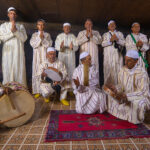


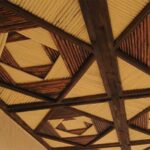
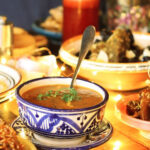
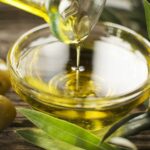

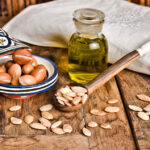



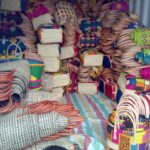
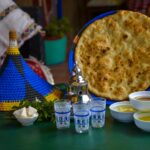
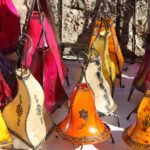
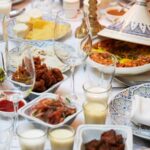


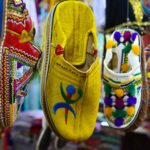
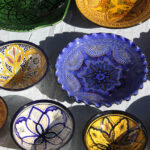

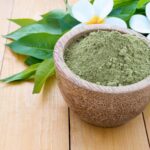
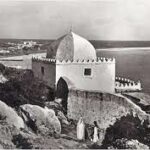
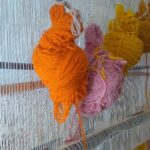

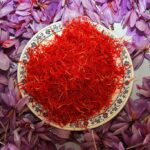
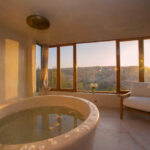

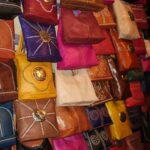


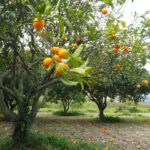
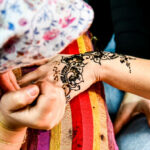

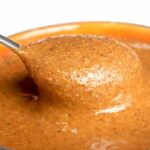
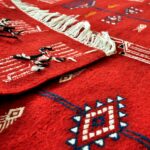
There are no results matching your search.
Reset